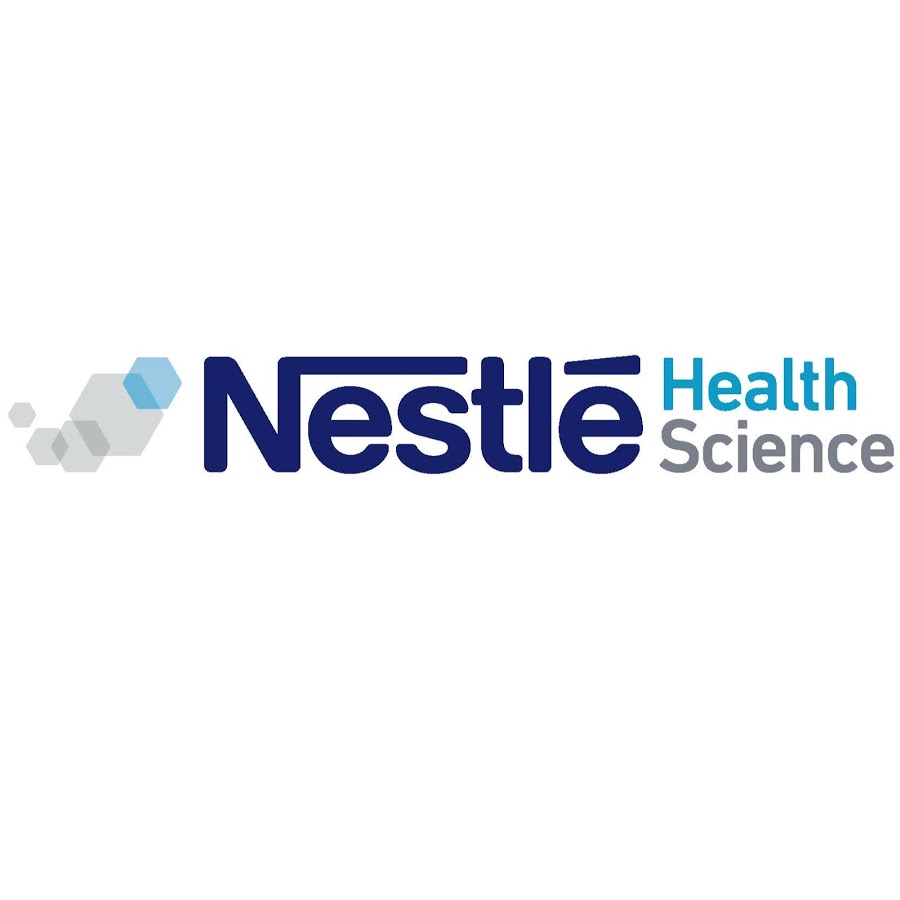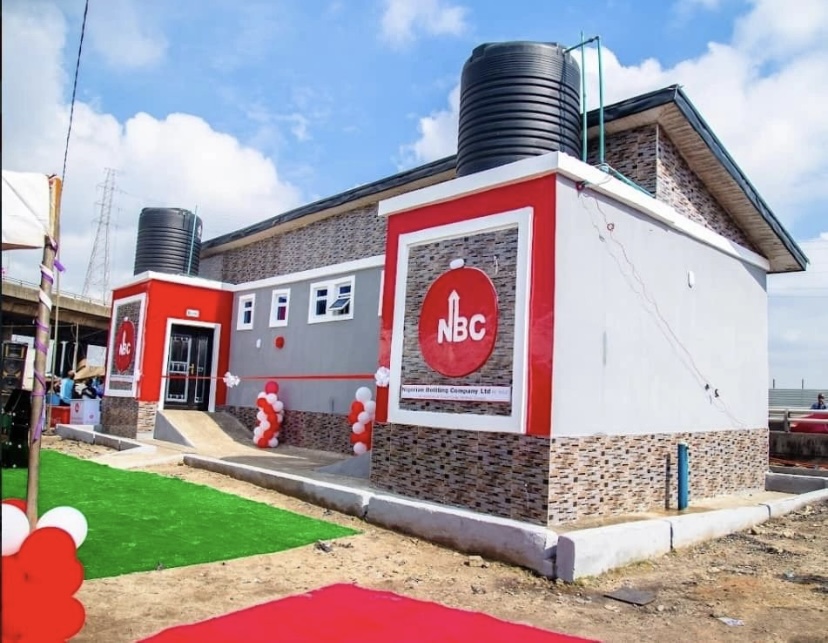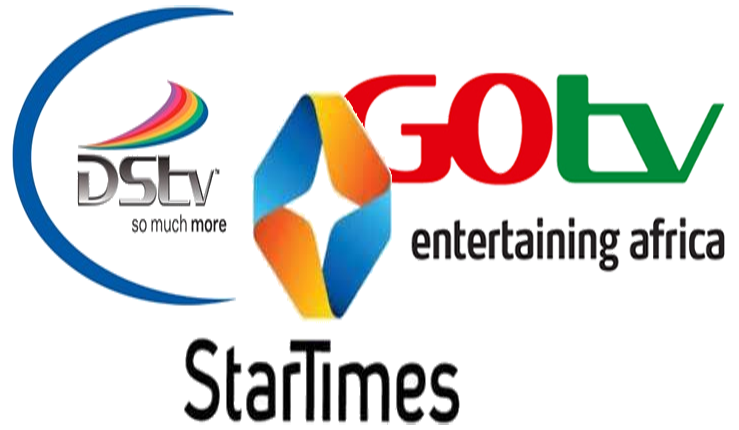In a world where advertising is being reshaped by AI, data, and consolidation, the idea of WPP and Publicis merging might sound like a bold leap. But it’s a leap worth considering. Combining these two industry giants could create an advertising powerhouse, with projected revenues of approximately $31.65 billion (based on 2022 figures). Let’s explore why this merger makes sense and how AI could elevate their combined impact.
The Numbers Speak for Themselves
WPP and Publicis are already leaders in the advertising world, with combined revenue that would make the merged entity the undisputed king of the industry. Together, they’d have unmatched scale, a client portfolio spanning every sector imaginable, and a global workforce of over 226,000 employees.
This scale isn’t just impressive on paper—it provides leverage. A unified WPP-Publicis would have greater bargaining power with media platforms, more resources to innovate, and the ability to offer seamless, end-to-end solutions to global clients like Kimberly-Clark, P&G, and Unilever.
Why Merge Now?
The industry is at an inflection point. AI, automation, and the rise of in-house marketing teams are disrupting traditional advertising models. By merging, WPP and Publicis could pool resources to address these challenges head-on, while also driving efficiencies that clients increasingly demand.
Additionally, consolidation in the holding company space is inevitable. Omnicom and IPG have already joined forces, and their combined strength sets a precedent for other giants to follow. A WPP-Publicis merger would ensure neither company is left behind in a rapidly consolidating market.
How AI Can Elevate the Merger
AI wouldn’t just be a tool for operational efficiency; it would redefine how the merged entity serves its clients. Here are a few concrete examples:
Hyper-Personalized Campaigns AI can analyze vast datasets to create highly targeted campaigns, delivering the right message to the right audience at the right time. For instance, imagine a global campaign for a brand like Kleenex that uses real-time weather data to suggest products based on local conditions (e.g., tissues during flu season).
Efficient Media Buying With AI-driven programmatic advertising, the merged entity could optimize media spend across platforms, ensuring clients get maximum ROI. AI algorithms could dynamically adjust ad placements based on performance metrics, saving time and reducing waste.
Content Creation at Scale AI tools like generative design can produce hundreds of creative variations tailored to different markets and audiences. This means faster turnaround times and more localized campaigns—critical for global clients.
Predictive Analytics for Client Retention AI can identify patterns in client interactions and campaigns, predicting future needs and challenges. This proactive approach would allow WPP-Publicis to stay ahead of client demands, strengthening relationships and reducing churn.
Streamlined Operations By automating repetitive tasks like reporting, billing, and campaign analysis, AI can free up employees to focus on strategy and creativity. This would be particularly valuable in a merged organization, where streamlining processes across such a large entity is critical.
Cultural Alignment: A Challenge Worth Tackling
Merging two companies with distinct cultures like WPP and Publicis is no small feat. However, their shared focus on innovation, creativity, and client-centricity provides a strong foundation. A successful merger would require clear communication, a unified vision, and a commitment to retaining top talent.
What’s in It for Clients?
For clients, the benefits of a WPP-Publicis merger would be immediate and tangible. They’d gain access to unparalleled resources, a deeper bench of talent, and integrated solutions that address their needs across every channel and region.
For example, a brand like McDonald’s could run a unified global campaign with localized adaptations powered by AI insights, leveraging the creative strengths of both networks. Similarly, a technology client could benefit from cutting-edge data analytics and media strategies tailored to drive innovation.
What’s Next?
If WPP and Publicis were to merge, it would undoubtedly shake up the industry. Competitors would need to step up their game, and clients would expect even greater value. But most importantly, it would signal a new era in advertising—one where scale, creativity, and technology combine to redefine what’s possible.
The question isn’t whether WPP and Publicis should merge—it’s whether they can afford not to.
McDonald Predelus is an Ai Consultant to Brands. He is also VP Creative Director, a Web3, NFTs & Gaming Expert. He is an Award-Winning Creative and a PhD Candidate.







Comment
No comments found.